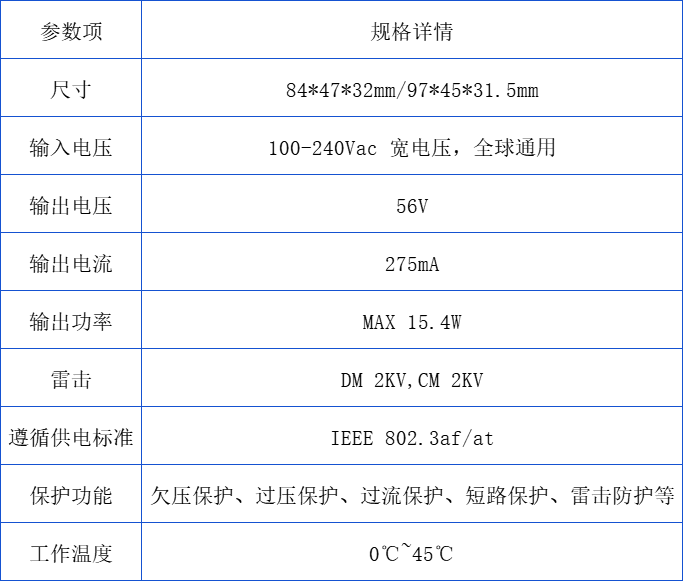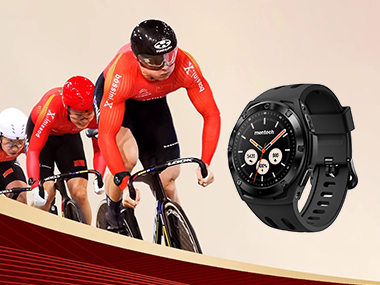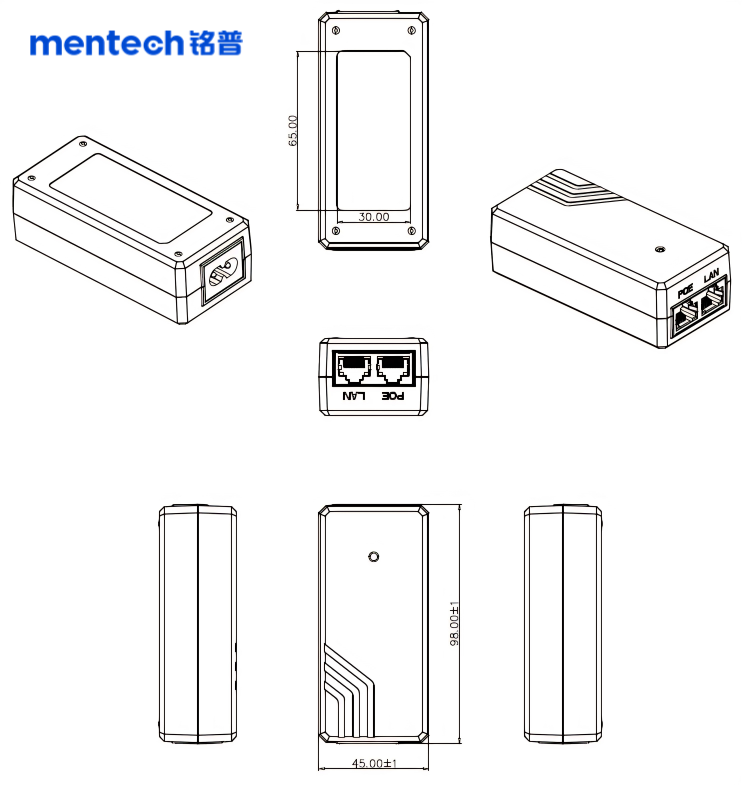Technology Spotlight | Mentech PoE Power: Data and Power “Coexisting” in One Cable
In today's information-driven era, the demand for reliable network connectivity is higher than ever, making Power over Ethernet (PoE) technology increasingly essential. PoE, short for Power Over Ethernet, refers to delivering both data and electrical power through the same Ethernet cable in 10BASE-T, 100BASE-TX, and 1000BASE-T networks, with a reliable transmission distance of up to 100 meters.
Unlike traditional switches that transmit data only and require separate power adapters for devices, PoE enables simultaneous data and power transmission through standard Ethernet cables (compliant with IEEE 802.3af/at standards). This greatly simplifies installation, supports flexible deployment of devices such as access points, IP cameras, and IP phones, and significantly enhances efficiency and scalability—making it a key enabler for building intelligent networks.
1. How PoE Technology Works
PoE operates without altering the existing Ethernet cabling infrastructure, transmitting power and data through standard twisted-pair Ethernet cables. The system consists of two core components:
Power Sourcing Equipment (PSE): Includes PoE-enabled Ethernet switches, routers, and other network equipment that supply power.
Powered Device (PD): Devices such as IP cameras (IPCs) that receive power from the PSE.
With IEEE 802.3af and IEEE 802.3at standards in place, PoE ensures full interoperability between devices from different manufacturers, making integration seamless.
2. Key Advantages
1) Simplified Cabling & Easy Deployment
One cable for both power and data: Eliminates the need for separate power lines for end devices.
Plug-and-play with minimal maintenance: Automatically detects the device type and delivers the appropriate DC power.
Lower installation cost: Reduces material and labor expenses by removing the need for independent power infrastructure.
2) Multi-Layer Safety Protection
Built-in protection mechanisms include:
MOV (Metal Oxide Varistor): Lightning protection.
NTC Thermistor: Surge protection.
Undervoltage, overvoltage, overcurrent, and short-circuit protection to ensure reliable operation even in complex power environments.
3) Global Certification & Compatibility
100-240V wide voltage input: Compatible with international power grids.
Comprehensive export certifications ensure quality assurance and worry-free global deployment.
3. Technical Specifications

4. Product Dimensions

5. Application Scenarios
Network Communications: IP phones and VoIP devices.
Intelligent Security: Indoor and community surveillance systems, IP cameras.
Smart IoT: Smart sockets, lighting, curtains, and other automated control systems.
Global Markets: Compatible with multiple voltage standards and certified for worldwide use.
PoE: From “Supporting Role” to “Core Infrastructure”
PoE is evolving from being a mere power delivery method to a central component of intelligent network infrastructure. With advancements in smart technology and application diversity, PoE will reshape the architecture of network energy systems.
In the short term, the focus will be on overcoming limitations in transmission distance and cost efficiency. In the long run, PoE will be deeply integrated into industrial IoT, smart cities, and other advanced applications—becoming the “invisible artery” of digital transformation.
 Mentech Mall
Mentech Mall Group Website
Group Website






































